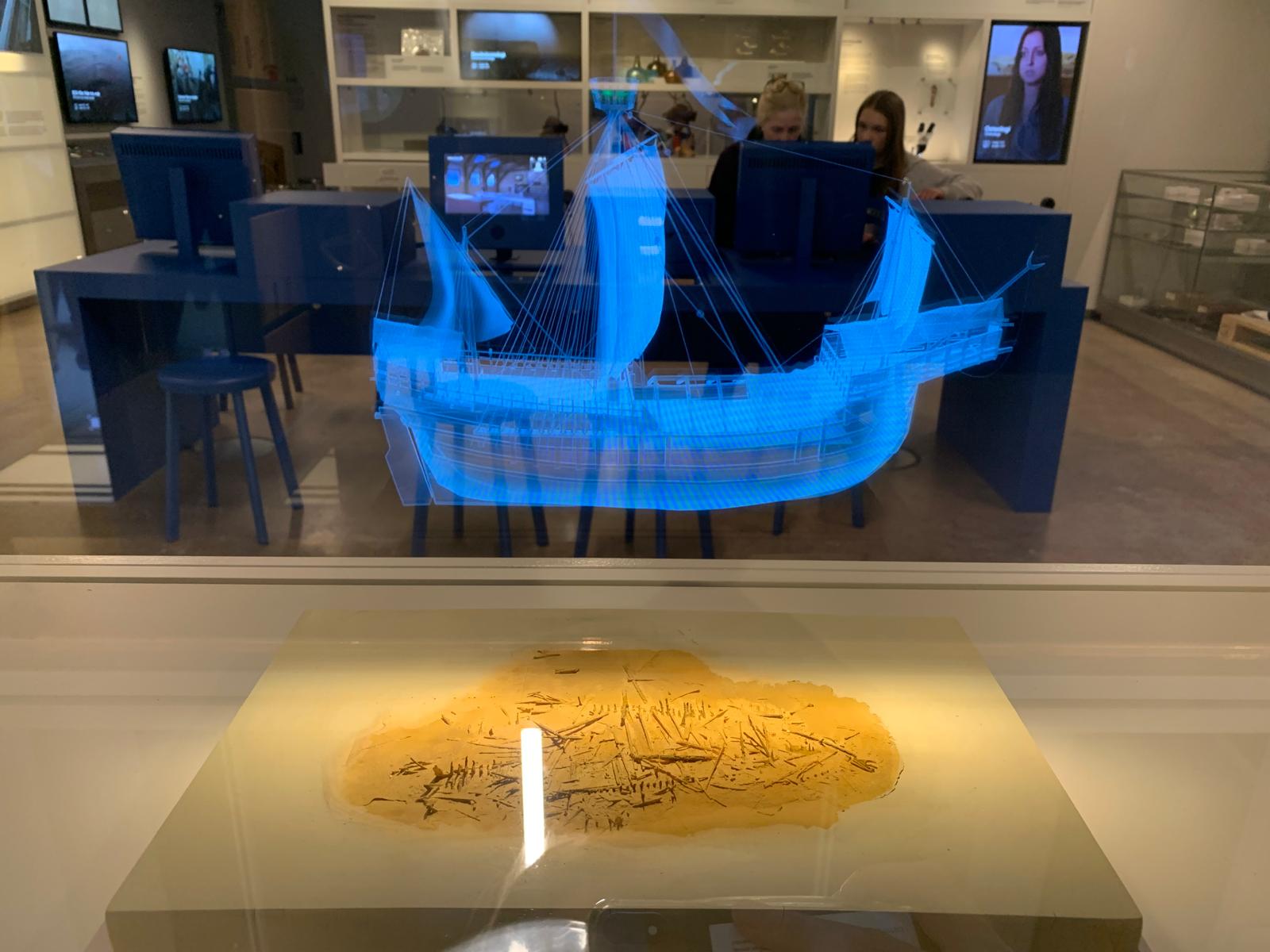Vrak – Museum of Wrecks, Stockholm
A museum of underwater archaeology in a former shipyard in Stockholm, Vrak – Museum of Wrecks makes great use of new technologies to explore maritime disasters and life at sea.
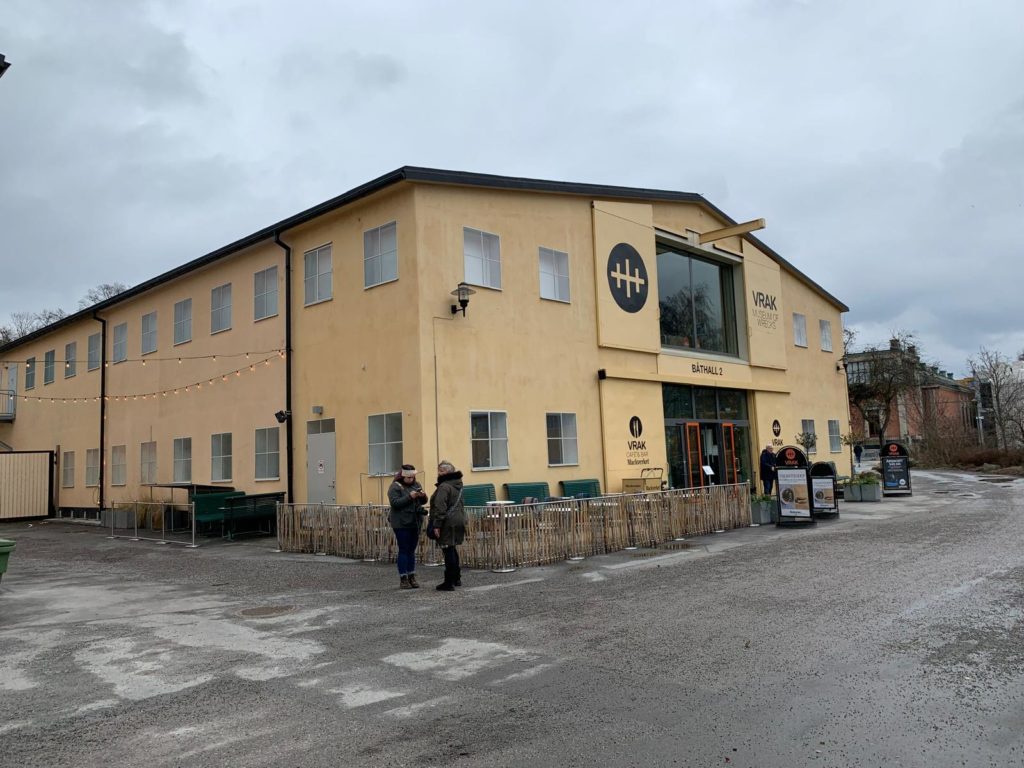
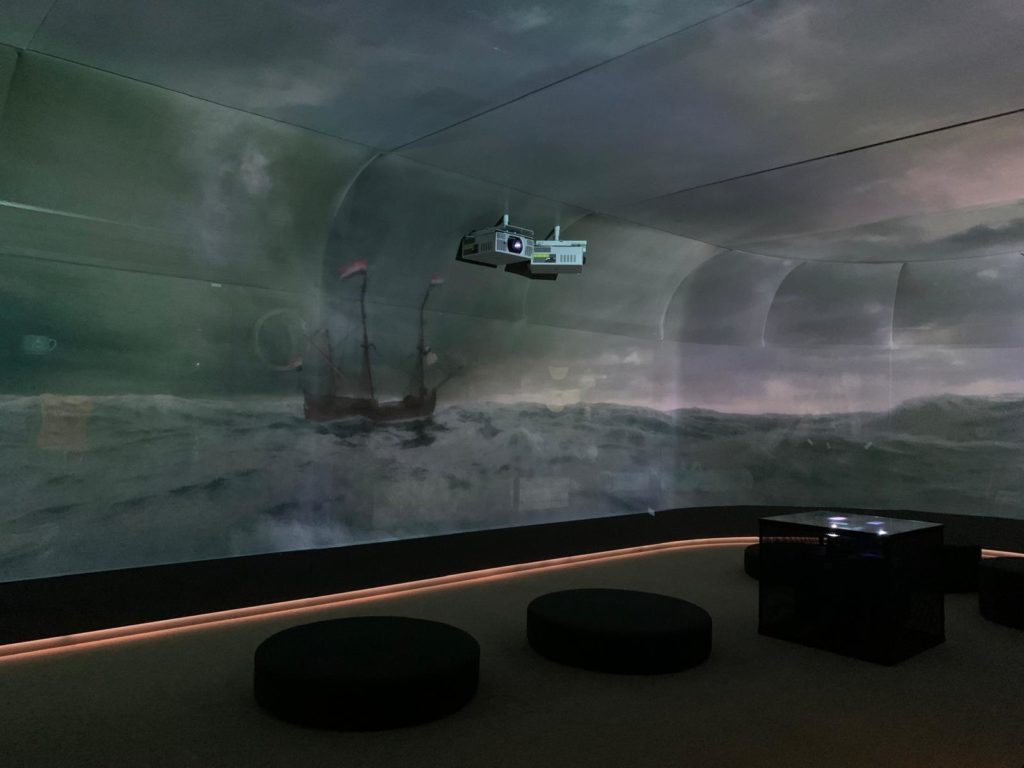
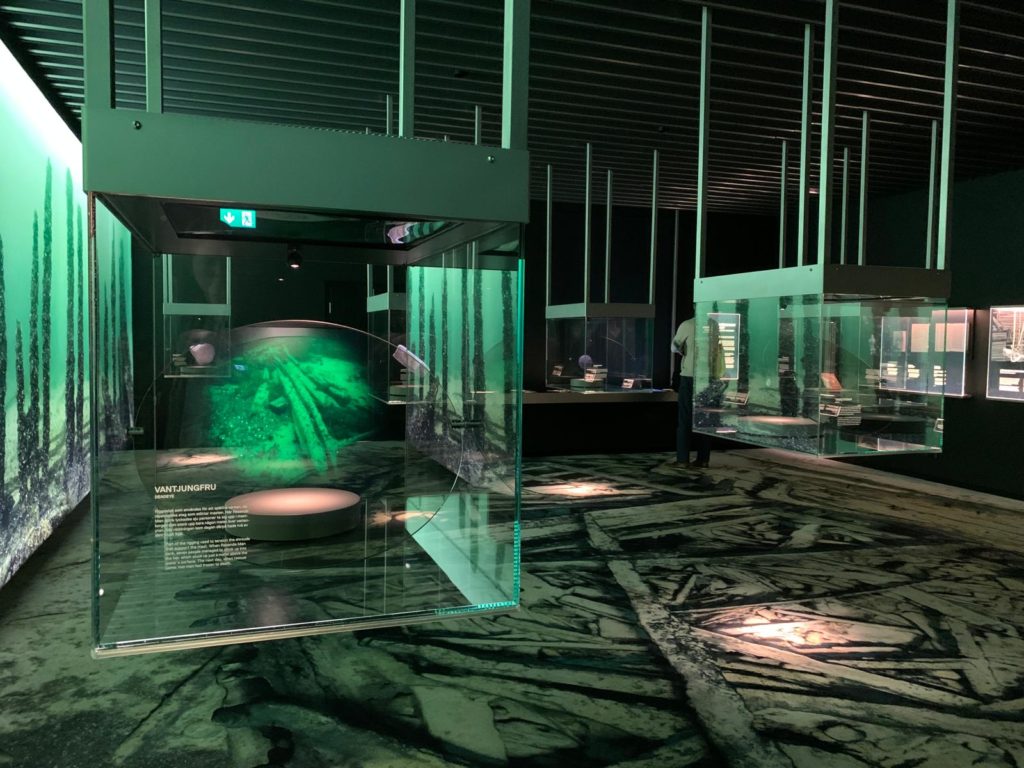
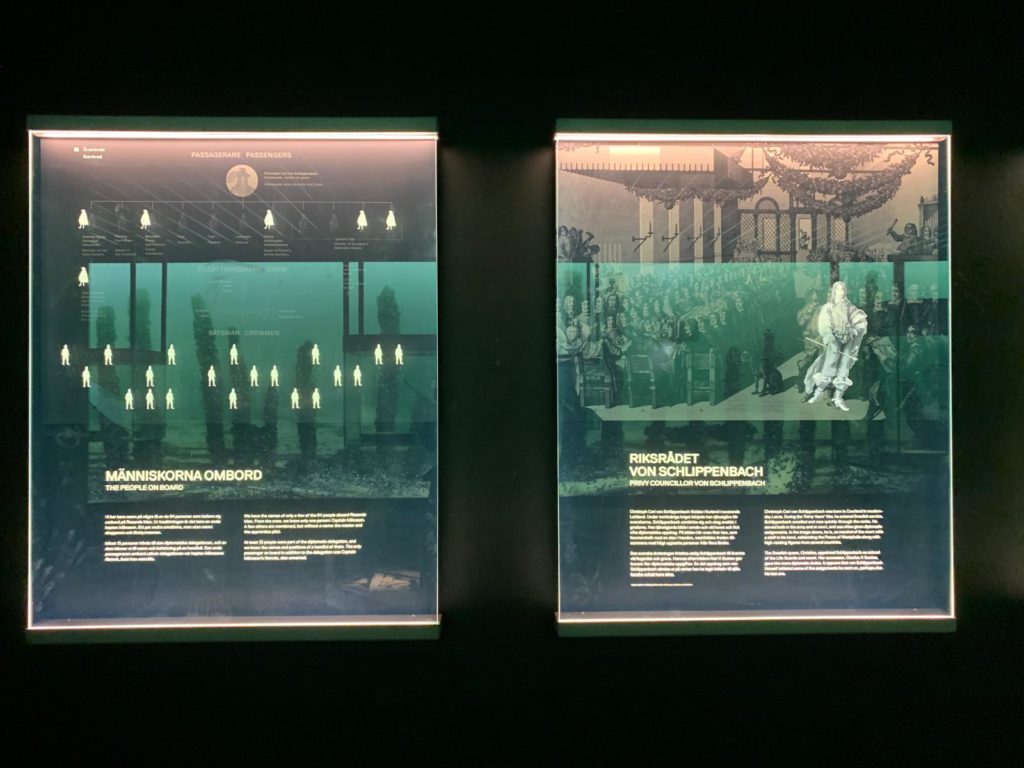
Vrak – Museum of Wrecks
I’ve written before about how bundled tickets sometimes prompt you to visit museums you might not otherwise see, but rather enjoy. Sometimes you’re strong-armed into it: because I was late booking a ticket to the Alhambra in Spain many years ago, the only way to see it was on a combined ticket with the Rodríguez-Acosta Foundation. Moderately interesting and definitely wouldn’t have seen it otherwise. Likewise in Cusco, Peru, the only way to see some of the sights was to get a ticket for all of the sites. I made a day of it here.
In Stockholm, my bundled ticket was more of a whim than a necessity. At the ticket counter for the Vasa Museum, the Urban Geographer and I decided on tickets that also included entry to Vrak – Museum of Wrecks. Had we heard of it? No. Did we question our decision when we were heading to a second museum rather than stopping for lunch or going back to the hotel for a sauna? Perhaps. But was it worth the trip? Yes, it was.
Vrak – Museum of Wrecks (vrak means wreck in Swedish) is a new museum. It opened in 2021 in a former boat hangar in Djurgården’s Galärvarvet (Galley Shipyard). It’s a cooperative endeavour between the National Maritime and Transport Museums and the Marine Archeology Institute of the Södertörn University, Maris. And it restricts itself geographically (to the Baltic) but not historically. Let’s take a look at what that means now.
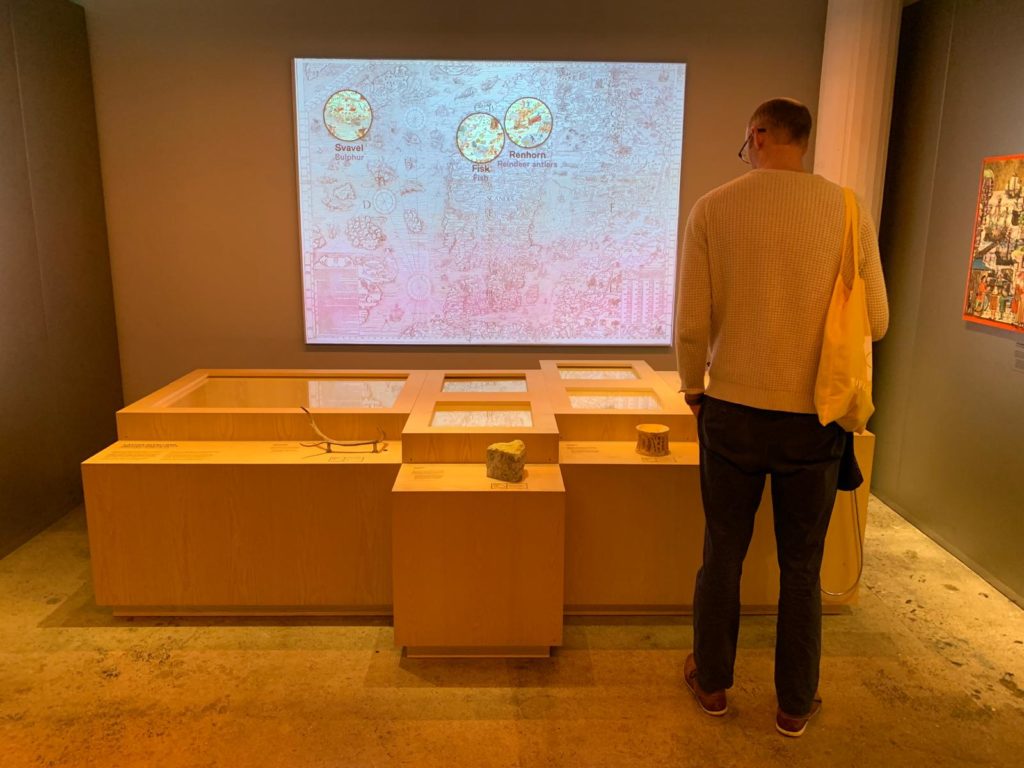
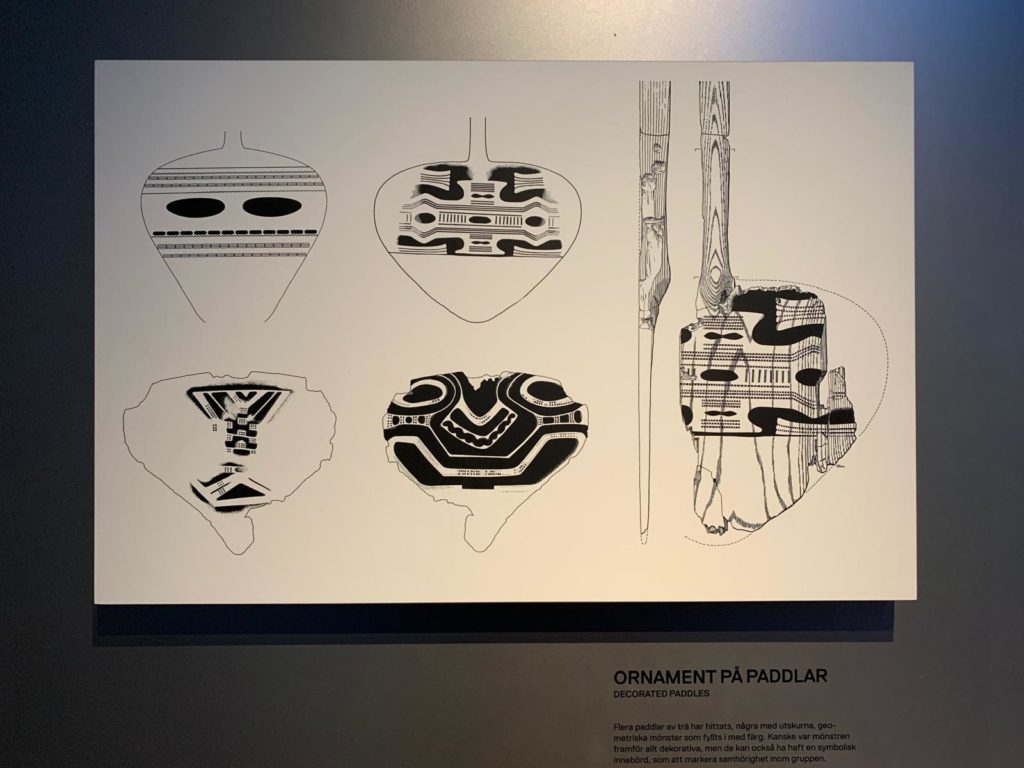
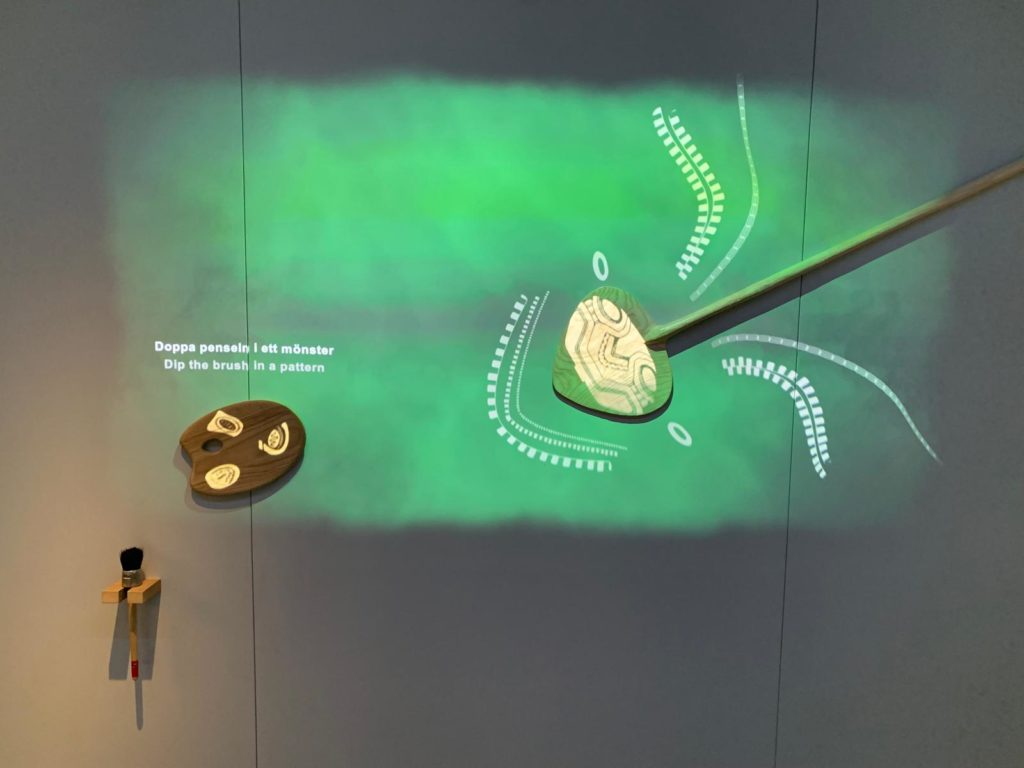
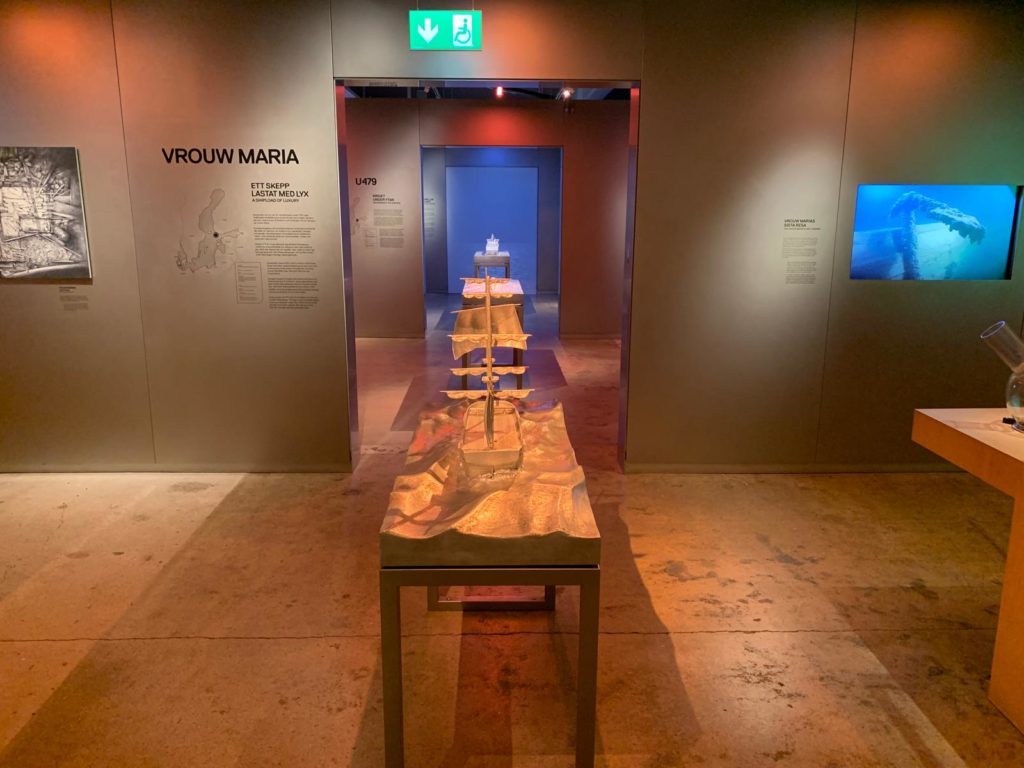
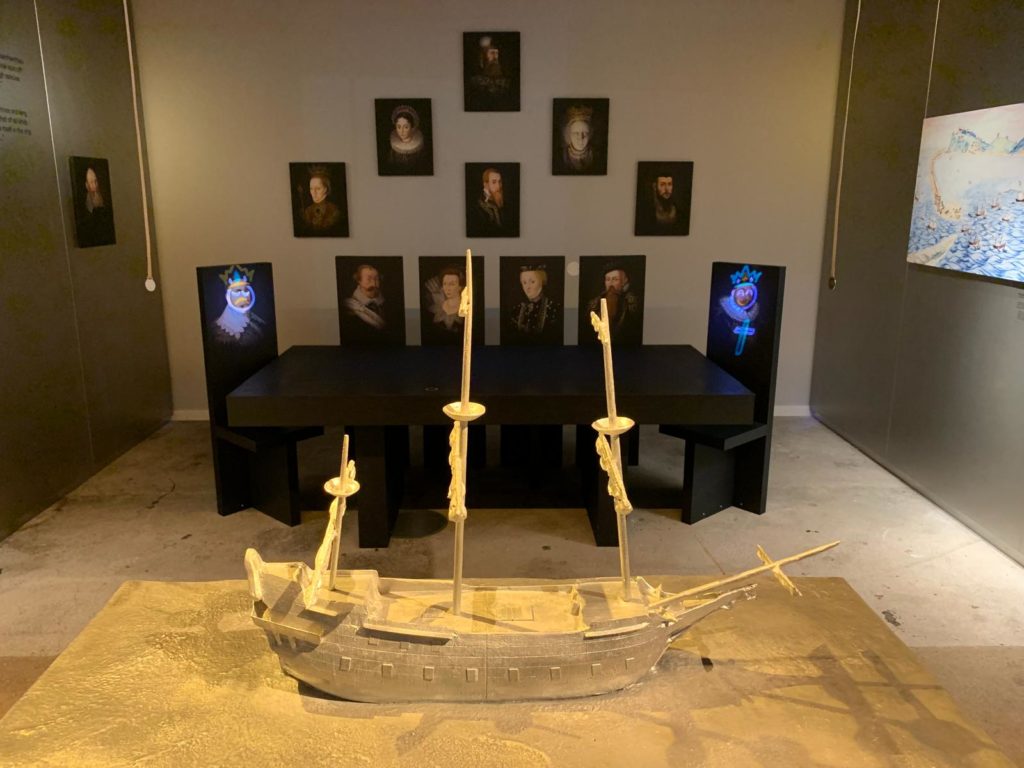
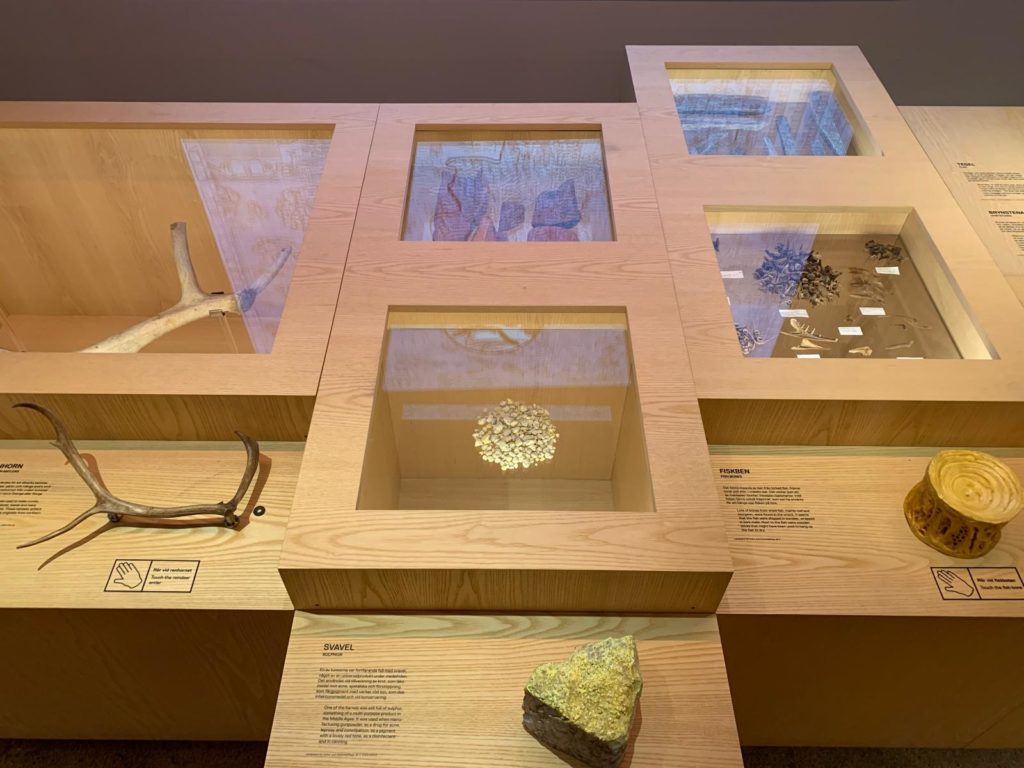
Baltic Wrecks through History
As we learned when visiting the Vasa Museum, the cool and shipworm-free waters of the Baltic lend themselves to the preservation of organic materials. So it’s a good place for underwater archaeologists to practice their craft, learning about shipwrecks and what they tell us about the lives of those caught up in them. In fact, Sweden’s Maritime Museum already had diving archaeologists at the time the wreck of the Vasa was discovered. The museum became a leader in the professionalising field of underwater archaeology, and passed the mantle to Vrak in 2021.
The museum website informs us that they “…tell the stories of people who have depended on the sea for their livelihoods, used it as a sea route, a battlefield – and a graveyard.” As I mentioned above, this remit is confined to the Baltic, but not confined historically. Vrak’s displays cover everything from pre-historic canoes to modern submarines and ferries.
Vrak also combine a few different strands of information in their displays. There is the factual information about wrecks – which ships, how did they sink, what do we know about them? There is the more generalised – how have people used the Baltic for travel, trade, power and exploration over the centuries? Then there is the strand which is all about research – how does underwater archaeology work, how are finds studied and preserved, what can we extrapolate from the sorts of things found in shipwrecks, and how does archival research support scientific research? And to bring all of these together they use a lot of new technologies which I’m excited to tell you more about now!
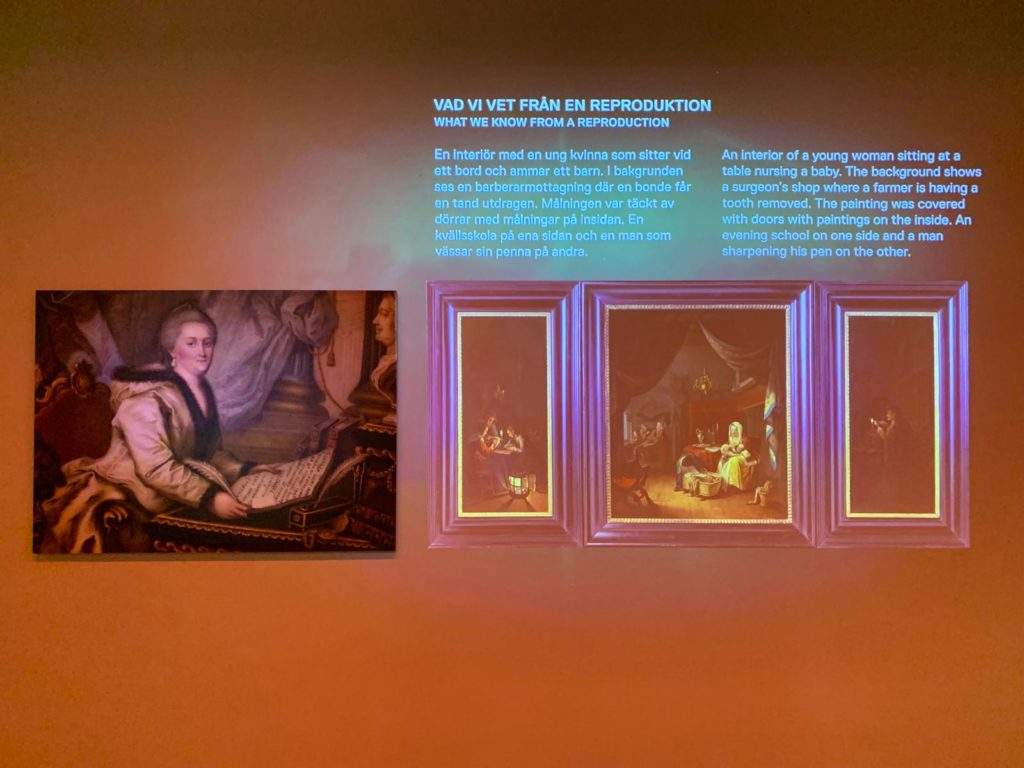
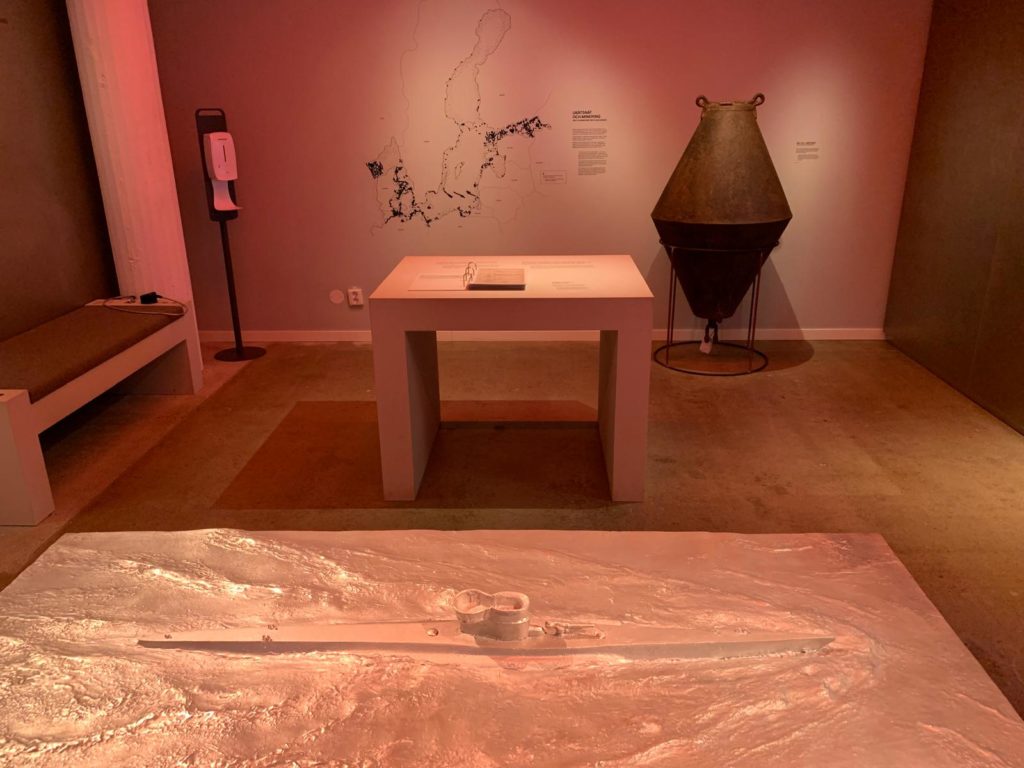
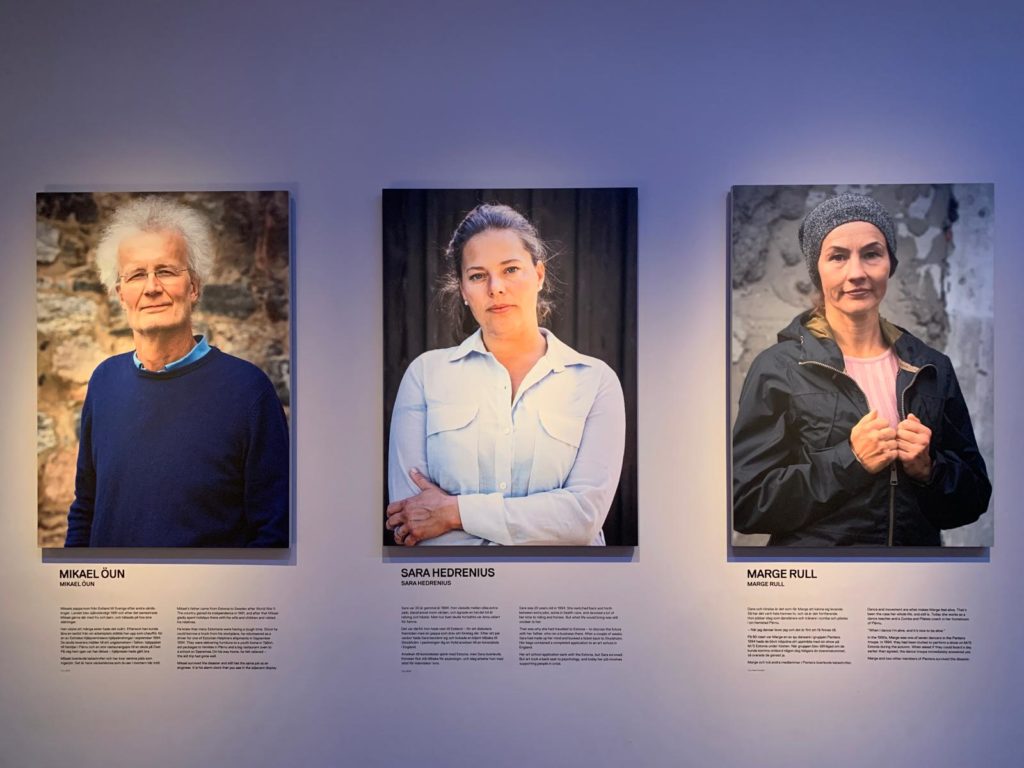
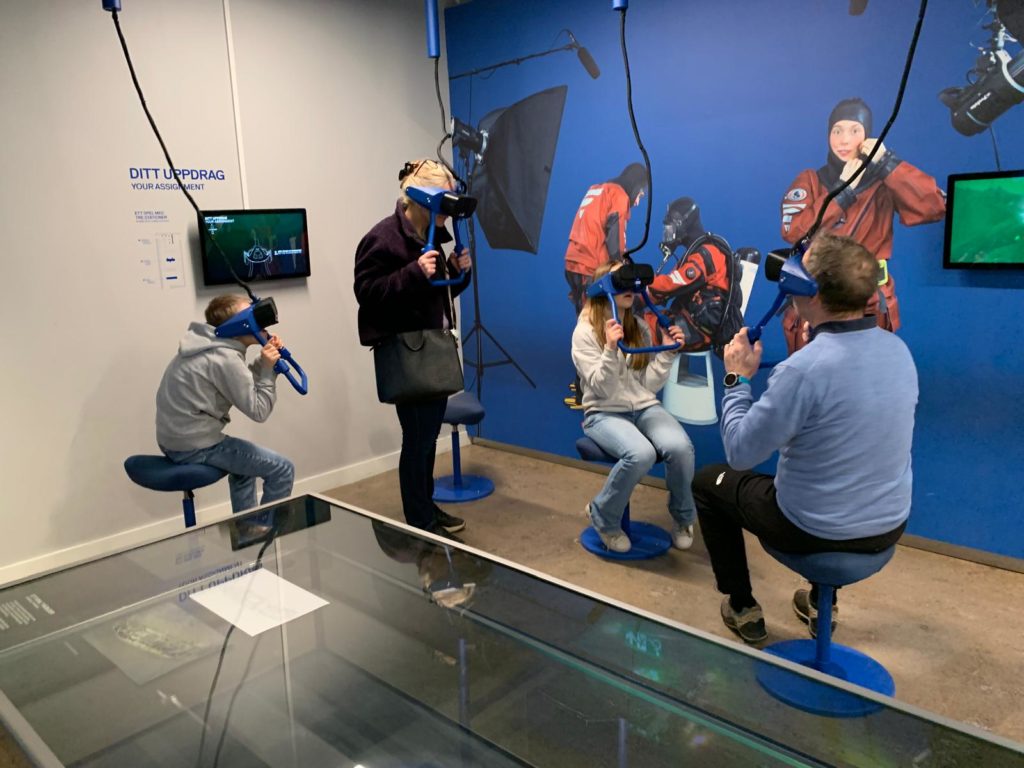
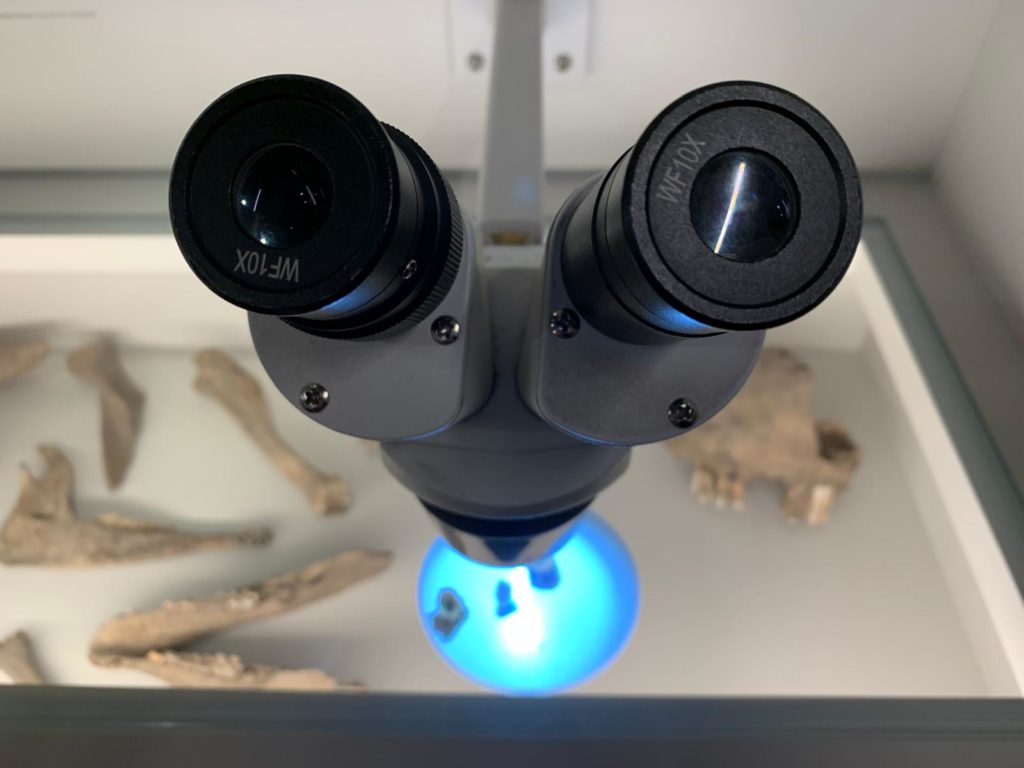
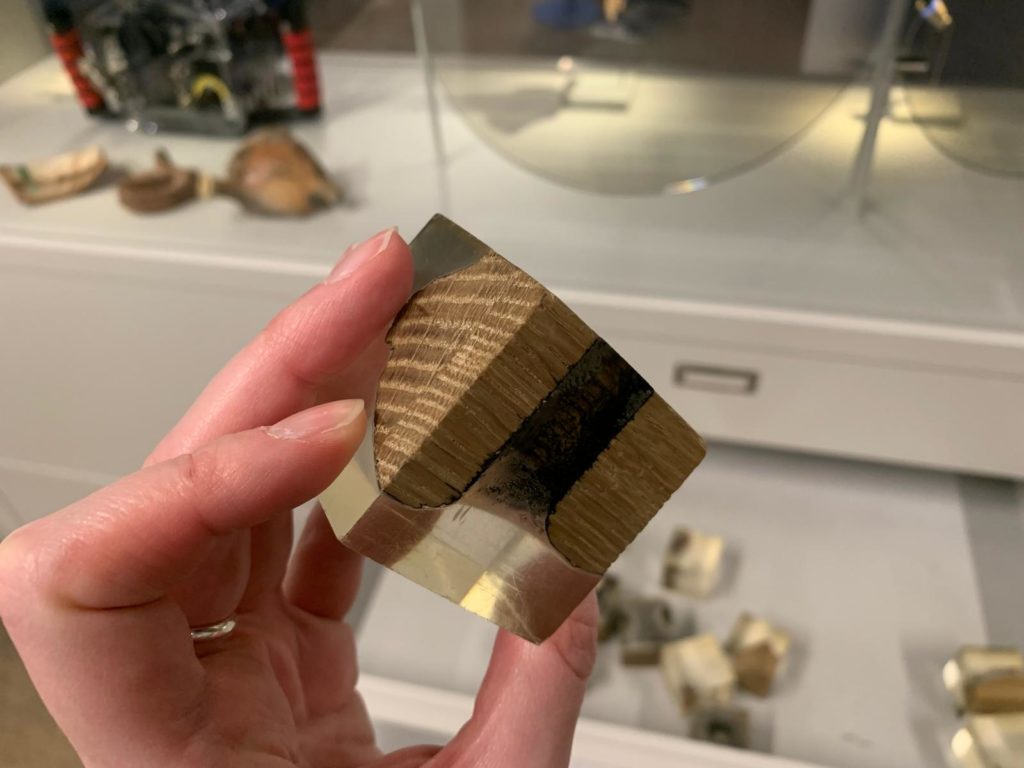
Telling Stories Through Technology
The Urban Geographer took an interest in some of the stories of specific wrecks at Vrak – Museum of Wrecks. I, meanwhile, was nerding out big time over the technology and how it’s used to bring fairly factual and academic subject matter to life. A visit starts in a room with an immersive projection. I’ll confess now that we didn’t stay for the whole thing, but it seemed to be about getting you in the right frame of mind. Really thinking about the immensity and force of the ocean, and how dangerous life at sea can be. Also understanding what happens to ships as they sink: what sort of wreckage might result, and what can happen to objects between a ship’s sinking and the object’s recovery.
From there, we headed into the other ground floor room, with an exhibition on the Resande Man. The Resande Man sank in 1660, taking about half its crew with it. One survivor, Andreas Bjugg, wrote a dramatic account of the sinking, and over time it became the stuff of legend. Many thought they had found the site of the wreck over the years, but it wasn’t until 2012 that it was actually located. Vrak’s display combines Bjugg’s testimony with objects represented mostly with holograms. Yes, holograms: see a couple of short videos in the first set of images above. This allows for 3D views of the objects themselves, as well as other relevant information like where they were found. The presentation is simple but I really enjoyed it.
The multimedia approach continues upstairs. You can ‘paint’ different patterns onto a prehistoric paddle, for instance. The examinations of specific shipwrecks involve interactive displays, models and images far more frequently than original artefacts. There are VR headsets where you join an underwater archaeologist and look for finds to document. There’s even an interactive to get you excited about storage and cataloguing of finds. If you removed all the new technologies there would be very little left at Vrak, but with them it’s a very engaging museum indeed.
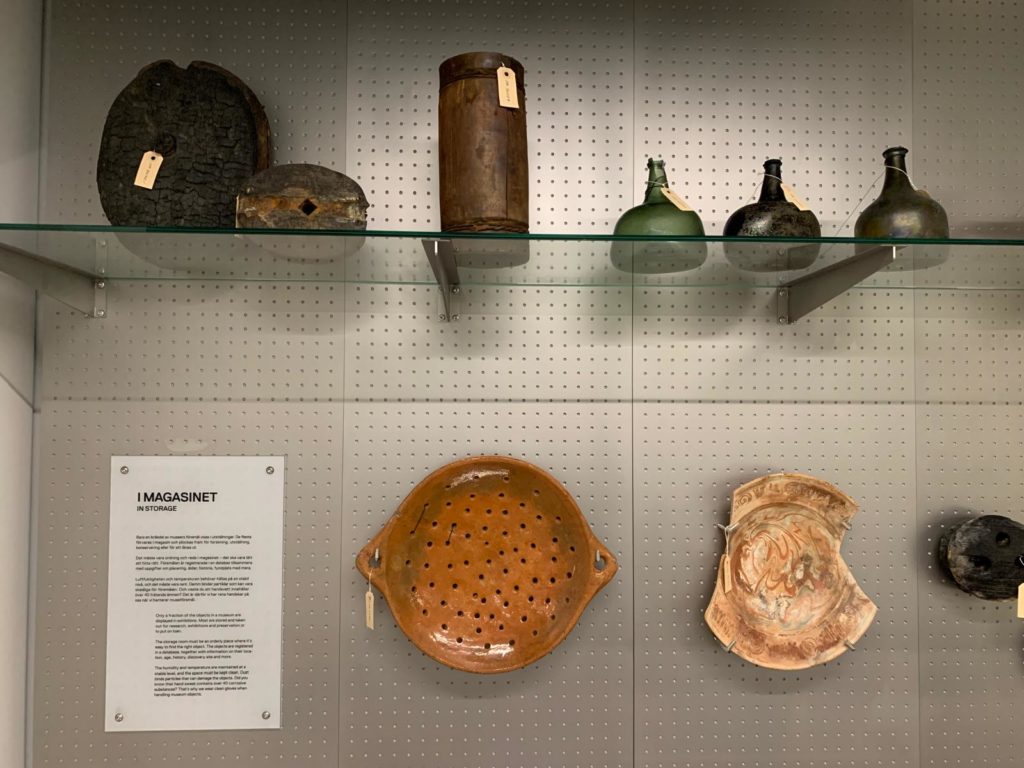
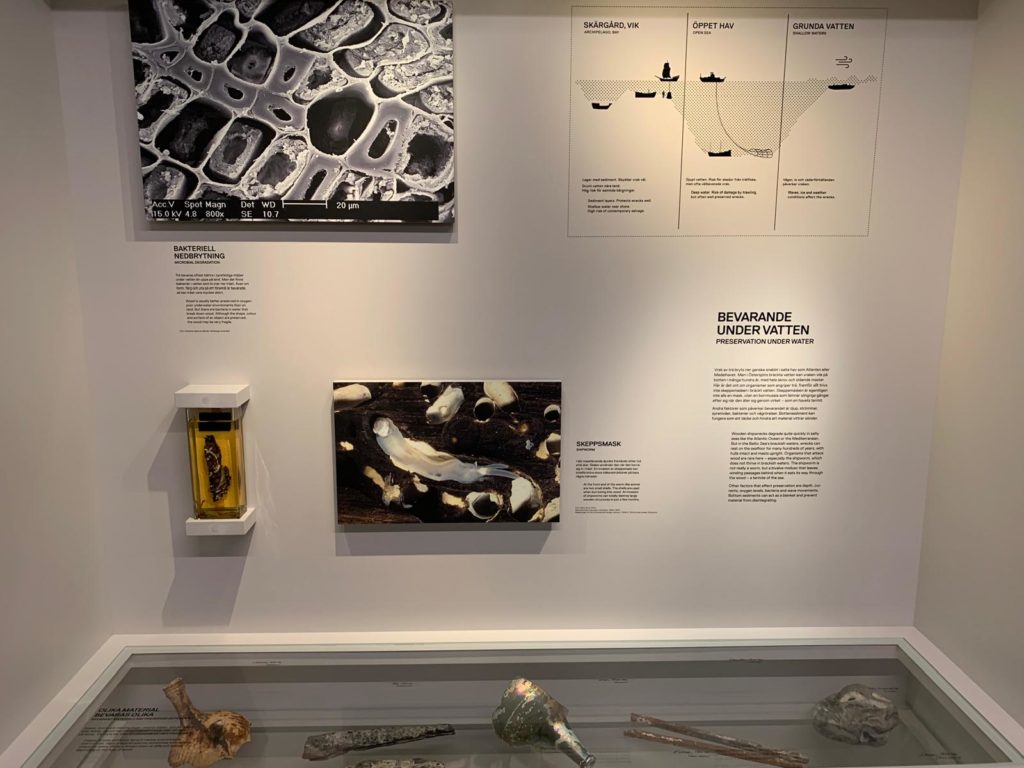
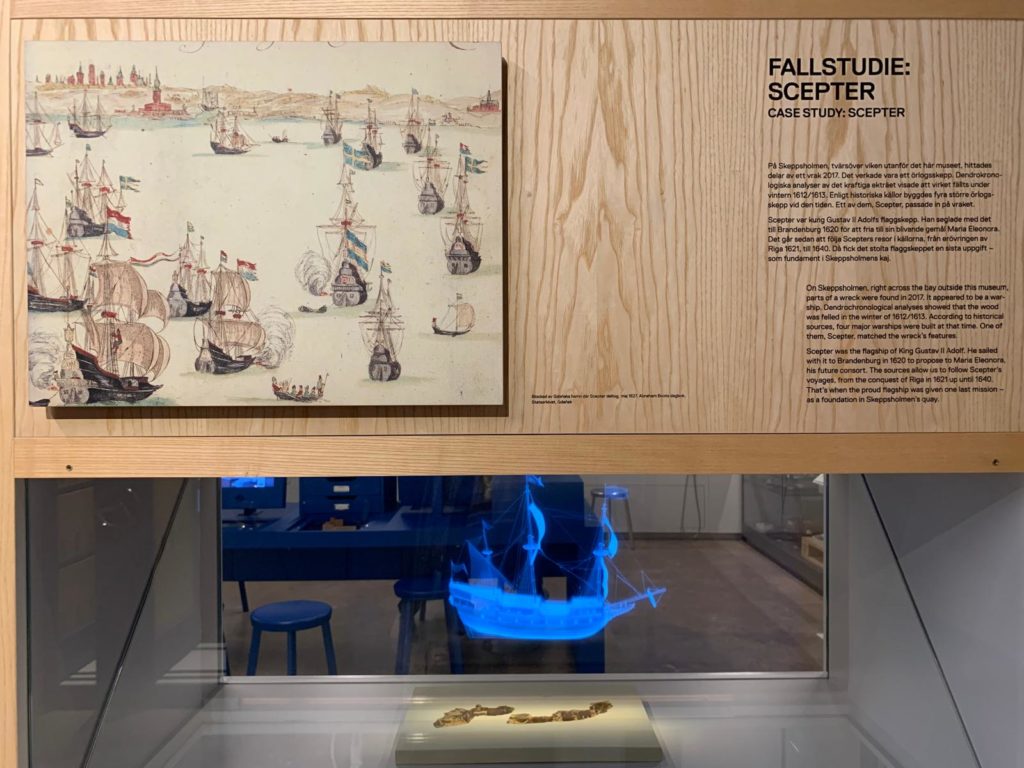
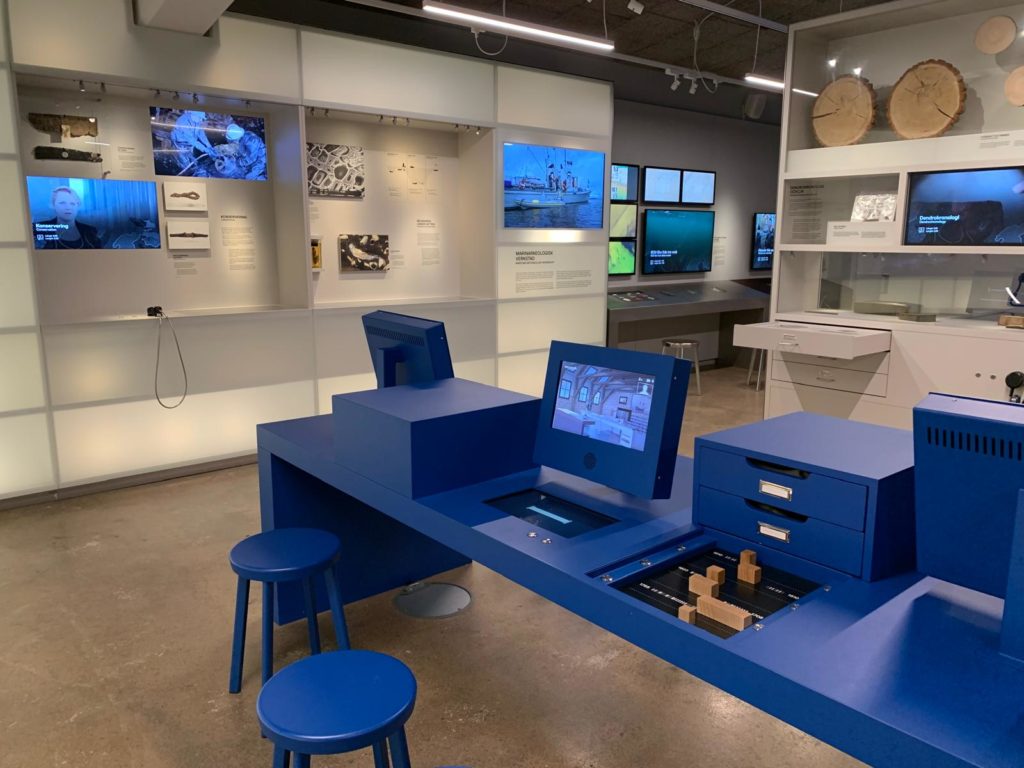
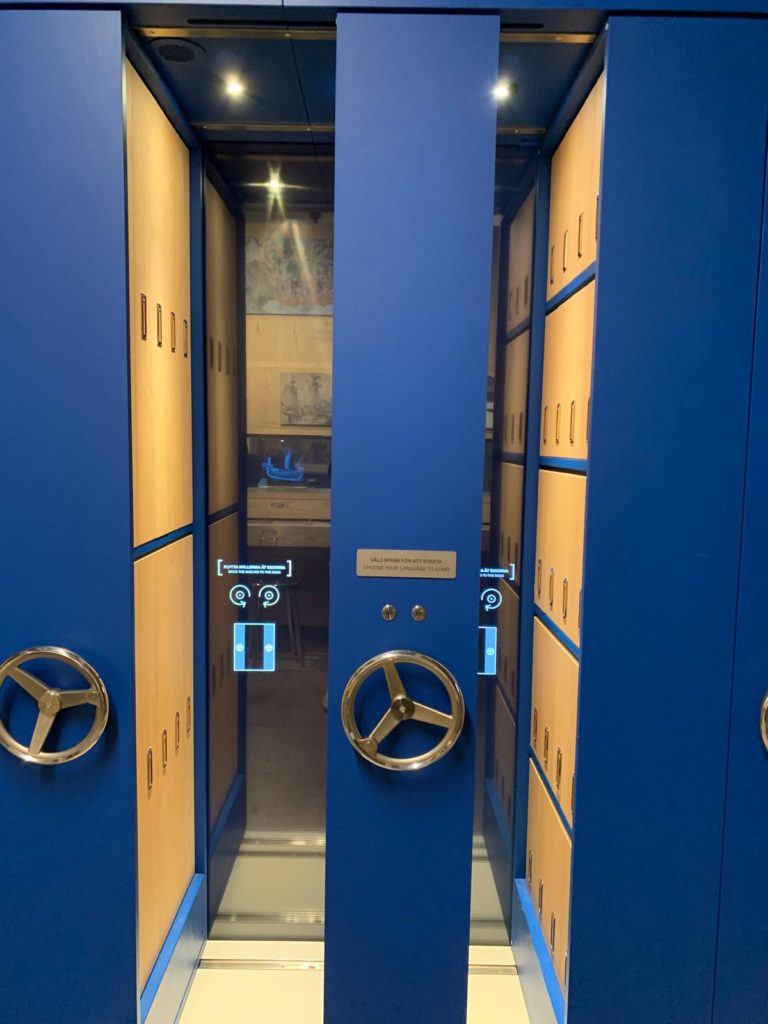
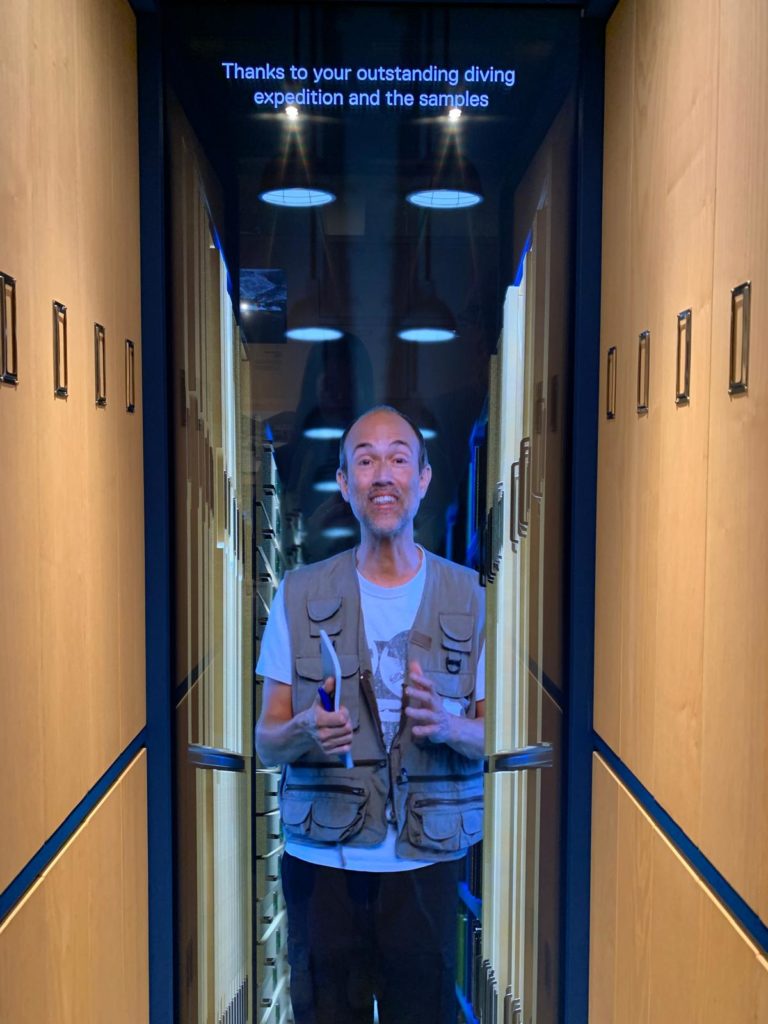
Final Thoughts on Vrak – Museum of Wrecks
Why is it that I enjoyed Vrak and its new technologies so much? Well firstly because they are very fun. Holograms: fun. VR: fun. More specifically I think it’s a great way to help visitors engage with an underwater environment they can’t interact with directly. You can’t join an archaeologist on a dive or go into their lab. Or at least not easily. But Vrak allows you to imagine these activities while you learn about them. My inner child – still a would-be archaeologist – enjoyed this immensely.
I also like seeing what museums can do without, or with minimal, artefacts. We think about museums as places to display things. But it’s not always possible, wise, necessary, sensitive or interesting to display those things. So thinking about other ways to engage people, tell a story, or share a point of view is relevant in a shifting heritage landscape. Vrak was a finalist in 2024’s European Museum of the Year Award (EMYA), and I can see why. It’s forward-looking, responsible, and sustainable.
One final thought before I wrap up. Part of Vrak’s responsibility is that it doesn’t lose sight of the seriousness of its subject matter. By this I mean that most of the wrecks included in its exhibitions involved loss of life. Some of them are relatively recent, and thus more sensitive. Vrak handles this sensitively and seriously, separate from the fun interactives and experiences.
So whether or not Vrak was ultimately a EMYA winner, it’s worth heading there on a visit to Stockholm, either on its own or on that joint ticket with the Vasa Museum.
Salterton Arts Review’s rating: 4/5
Trending
If you see this after your page is loaded completely, leafletJS files are missing.

